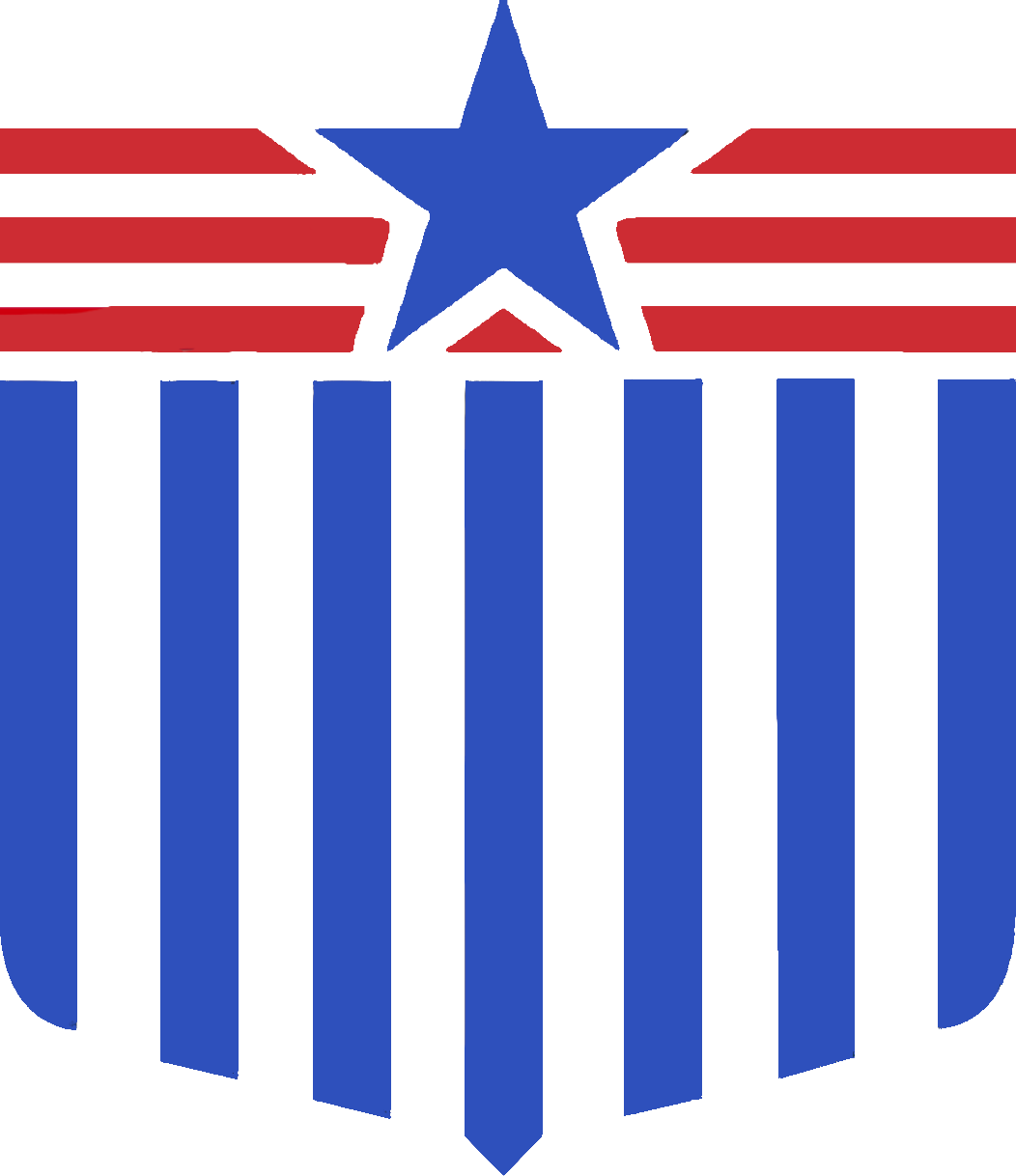Social Security Alerts, News & Updates
Why Social Security Payments Might Be Missing in September

The Social Security Administration posts both payment calendars months ahead on their official website at ssa.gov. There’s no guesswork involved – the system follows predictable patterns once you understand how it works. Understanding these Social Security benefits schedules becomes essential for managing your monthly budget effectively.
How Regular Social Security Payments Work
Traditional Social Security benefits follow a birth date system that makes perfect sense once you see the pattern. Your payment arrives on the second, third, or fourth Wednesday each month, determined entirely by when you were born.
Here’s how the SSA breaks down the payment schedule:
- Born on the 1st through 10th: Second Wednesday of the month
- Born on the 11th through 20th: Third Wednesday of the month
- Born on the 21st through 31st: Fourth Wednesday of the month
This staggered approach serves a practical purpose. Rather than processing millions of Social Security checks simultaneously, the SSA spreads the workload across three weeks. This system keeps the banking infrastructure running smoothly while ensuring everyone receives their payments consistently.
Supplemental Security Income operates on a different timeline entirely. These payments typically arrive on the first day of each month – much simpler to remember. However, this is where some confusion creeps in, and honestly, it’s understandable why people get puzzled.
Why September Appears to Be Missing an SSI Payment
You’ve probably examined the September payment schedule and wondered if something went wrong. There’s no SSI payment marked for September 1st, which can look alarming at first glance.
The SSA follows a straightforward rule to handle this situation. When the first of the month falls on a weekend or federal holiday, they move the payment to the last business day before that date. This ensures recipients never face delays because banks are closed.
August demonstrates exactly how this works in practice. People received their regular August SSI payment on August 1st as scheduled. But there’s also a payment on August 29th – that’s actually September’s SSI benefit, delivered early to avoid any weekend complications.
Based on 2024 regulations, this early payment system has been in place for decades to maintain consistent cash flow for SSI recipients who depend on these funds for basic living expenses.
Detailed Payment Schedule for the Coming Months
Here’s precisely when Social Security payments will arrive in accounts for the remainder of the year, based on the official SSA calendar:
Supplemental Security Income Schedule
The SSI payment timeline shows some interesting patterns:
- August 1st: Regular August payment delivered
- August 29th: September’s benefit paid early (September 1st falls on Sunday)
- October 1st: Returns to normal schedule
- October 31st: November’s benefit paid early (November 1st falls on Friday after Halloween)
- December 1st: Regular December payment
- December 31st: January 2026’s benefit paid early (January 1st is New Year’s Day)
Regular Social Security Benefits Schedule
Regular Social Security benefits maintain their Wednesday routine throughout these months. August recipients received payments on August 13th for birth dates 1st through 10th, August 20th for the 11th through 20th, and August 27th for the 21st through 31st.
September continues this established pattern with payments on September 10th, 17th, and 24th, using those same birth date groupings. Once you master this rhythm, you’ll always know exactly when your Social Security check will arrive.
Special Circumstances and Additional Considerations
Certain recipients follow different rules that are important to understand. If you began receiving Social Security benefits before May 1997, you’re on a completely separate schedule. These long-term recipients receive payments on the 3rd of each month, regardless of their birth date.
According to SSA guidelines, people who receive both Social Security and SSI benefits navigate a mixed schedule. Social Security payments arrive on the 3rd, while SSI payments follow that first-of-the-month rule with holiday adjustments.
What to Do When Payments Are Late
If your payment doesn’t arrive as expected, the SSA recommends waiting three additional mailing days past the scheduled date before contacting their offices. This buffer accounts for banking processing delays and occasional mail delivery issues that can occur.
For direct deposit recipients, payments typically appear in accounts by 9 AM Eastern Time on the payment date. If you’re still using paper checks, allow extra time for postal delivery.
Planning Your Financial Future
Understanding these Social Security payment schedules gives you complete control over your monthly financial planning. When you know exactly when money will hit your account, you can time bill payments and major purchases strategically.
Here’s a practical approach: create a payment calendar that marks both benefit types if you receive them. This visual system prevents overdraft fees and eliminates the stress of wondering when payments will arrive. Many people use those early payments – like that August 29th SSI benefit – to get ahead on bills or build their emergency fund.
Budgeting Tips for Dual Recipients
If you receive both types of benefits, consider these strategies:
- Use the earlier SSI payment to cover immediate monthly expenses
- Reserve Social Security payments for longer-term financial goals
- Set up automatic bill payments to align with your payment schedule
- Keep a small buffer in your account to handle timing variations
The reality is straightforward: no September payments went missing from the system. Everything works exactly as designed, with September’s SSI benefit arriving early in August to maintain uninterrupted financial support for millions of Americans who rely on these Social Security programs.
Payment schedules can vary based on individual circumstances, and the SSA provides the most current and accurate information for your benefits.
